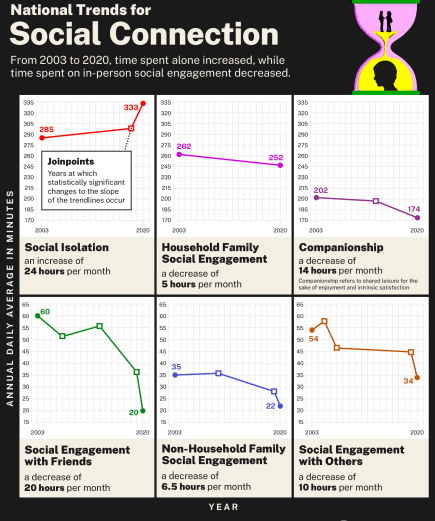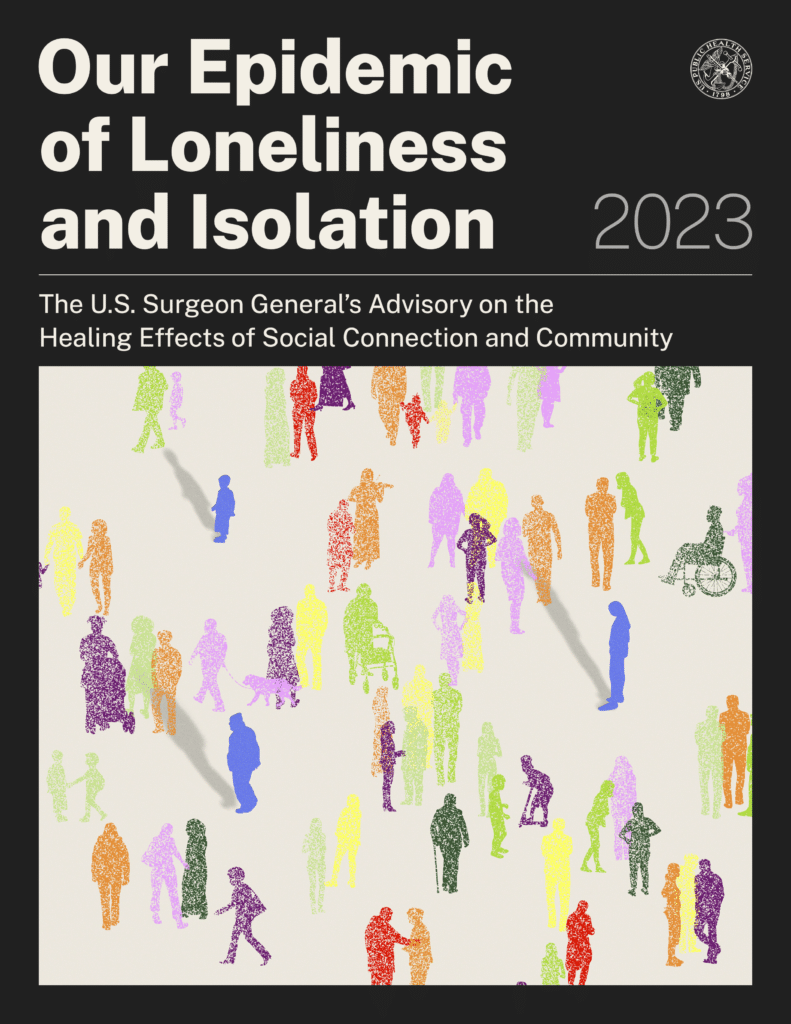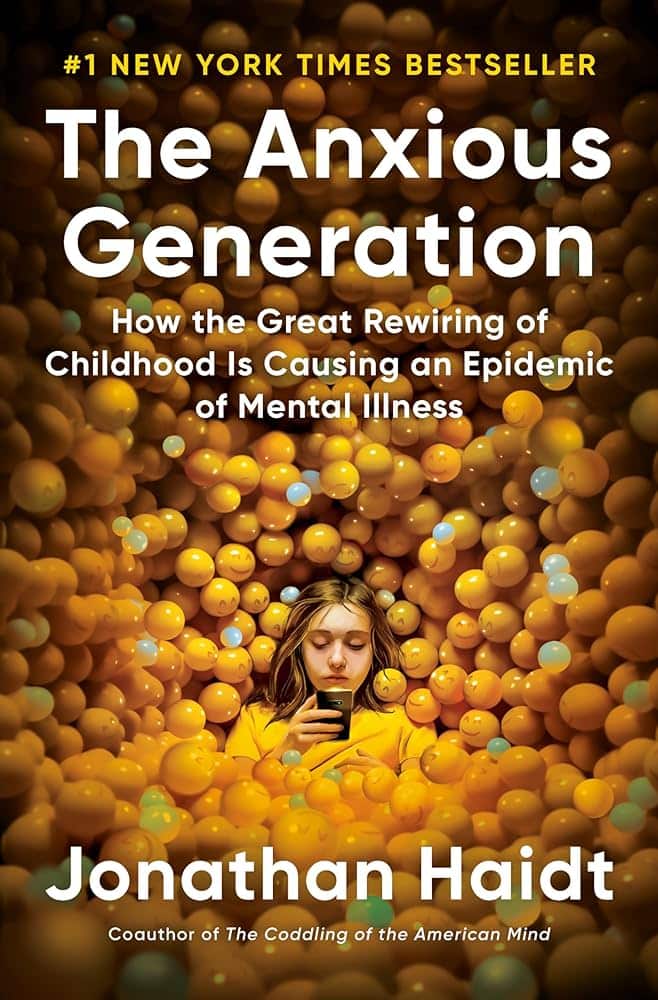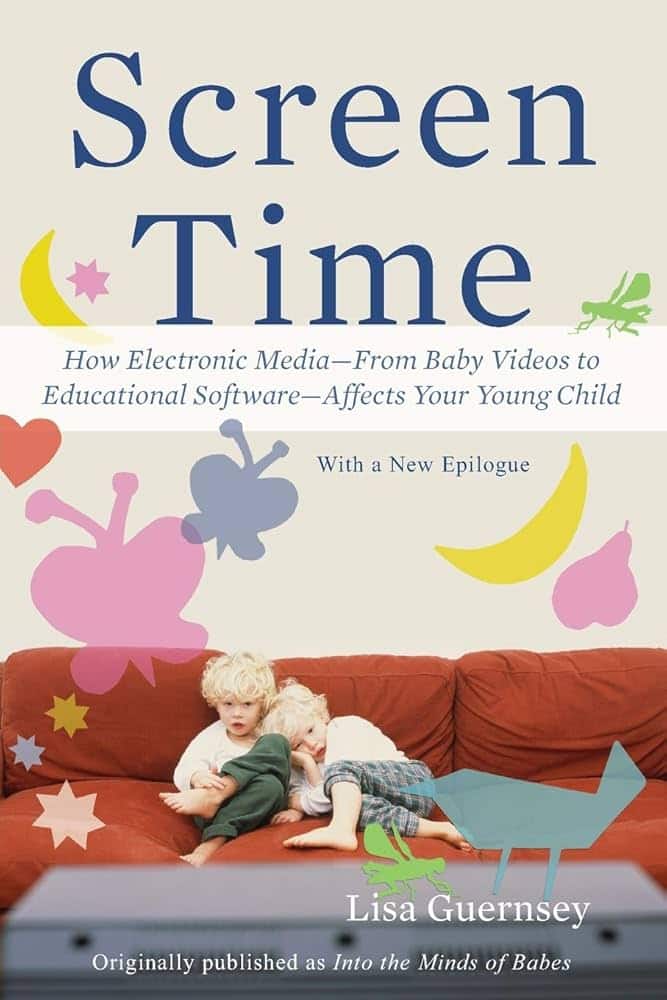Digital media can be a source of education or ignorance, connection or isolation, growth or depletion. We want to continue the conversation about technology use between students, parents, and teachers and examine if the ways we use technology forge character, foster wisdom, and facilitate lifelong learning.
SLOCA is only a small part of your student’s life, what happens at home makes an even bigger difference. This blog series, TECH TOPICS, is intended to present you with information that can be incredibly impactful, raise awareness, and prevent complacency. Not only that, we hope these posts can provide ideas for positive ways to use technology: we are tech-mindful, not anti-tech. We encourage you to look at the research, consider your own values, and develop an intentional framework for technology use as a family. Lean on our community for support, ideas, and help!
In this blog post, we will draw on current research to dig into the Real World vs Virtual World, and why we as humans need those real-world, in-person social experiences to thrive.
Real vs. Virtual
Every area of modern life seems inundated by technology. We rush from one thing to another, heads down in our digital devices, feeling productive but distant. We post a selfie standing in front of a beautiful sunset and promptly respond to a text as the sun slowly disappears without notice. Family car rides are filled with silence as opposed to conversations and healthy chaos. There are certainly many delightful and interesting uses for devices—but at what cost?
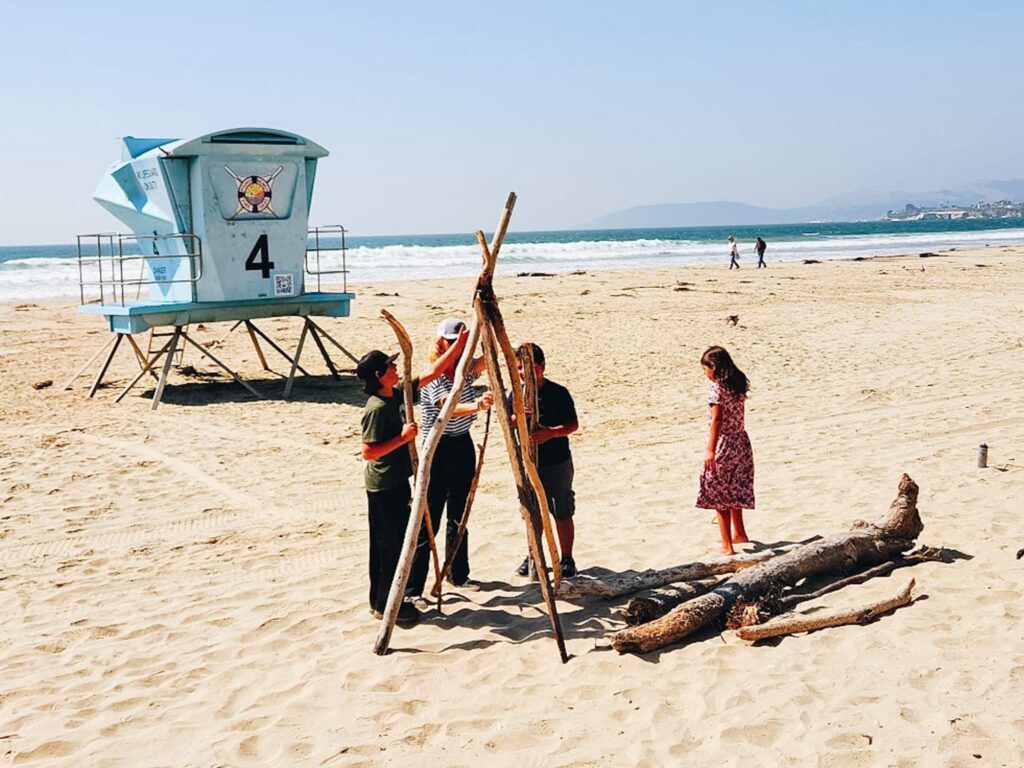
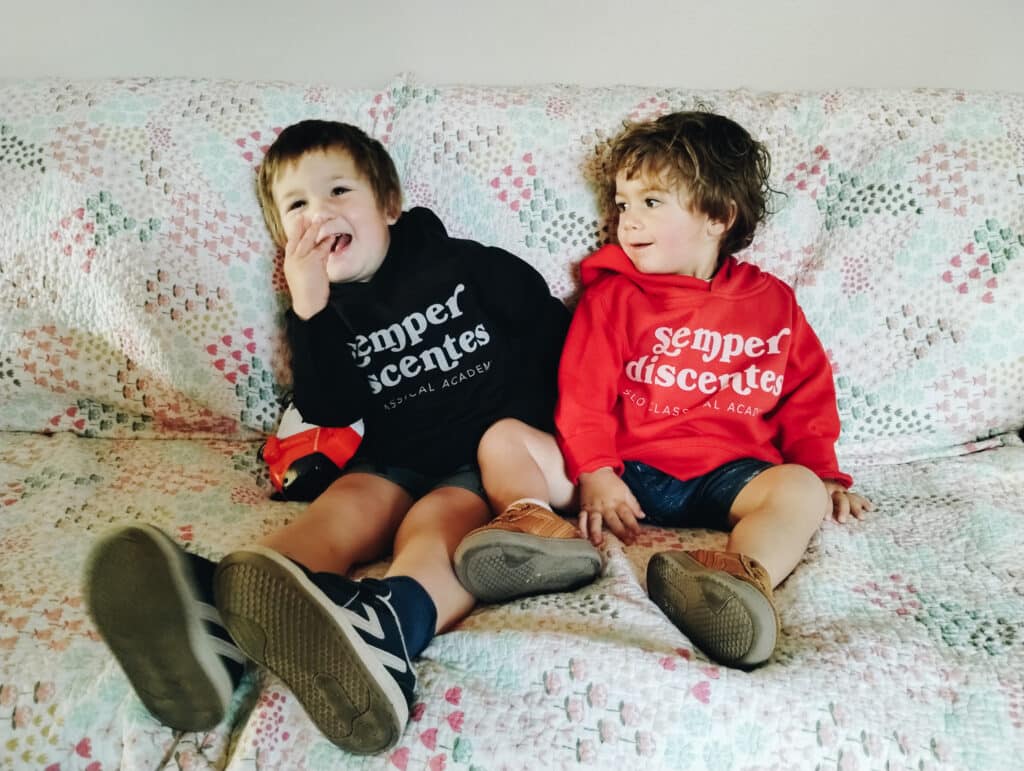
In his bestselling book, The Anxious Generation, Jonathan Haidt describes the 4 features that characterize real-world relationships and social interactions:
- Embodied: we use our bodies to communicate, conscious of the bodies of others, and respond to the bodies of others both consciously and unconsciously
- Synchronous: happening at the same time, with subtle cues about timing and turn-taking
- One-to-one or one-to-several communication, with only one interaction happening at a given moment
- Take place within communities that have a high bar for entry and exit, so people are strongly motivated to invest in relationships and repair rifts when they happen.
In contrast, the characteristics of the virtual world are the complete opposite: disembodied, asynchronous (with the exception of video calls), one-to-many (often happening in parallel) and occurring in communities with a low bar for entry and exit (or alone). Haidt explains that when people are raised in a community they cannot easily escape (which includes any number of in-person relationships), humans learn how to manage relationships and how to manage themselves and their emotions in order to keep those relationships going. This healthy struggle is missing from children’s lives who are spending many of their waking hours looking at a screen, often alone.
“As the transition from play-based to phone-based childhood proceeded, many children and adolescents were perfectly happy to stay indoors and play online, but in the process they lost exposure to the kinds of challenging physical and social experiences that all young mammals need to develop basic competencies, overcome innate childhood fears, and prepare to rely less on their parents. Virtual interactions with peers do not fully compensate for these experiential losses.”
—Jonathan Haidt, The Anxious Generation
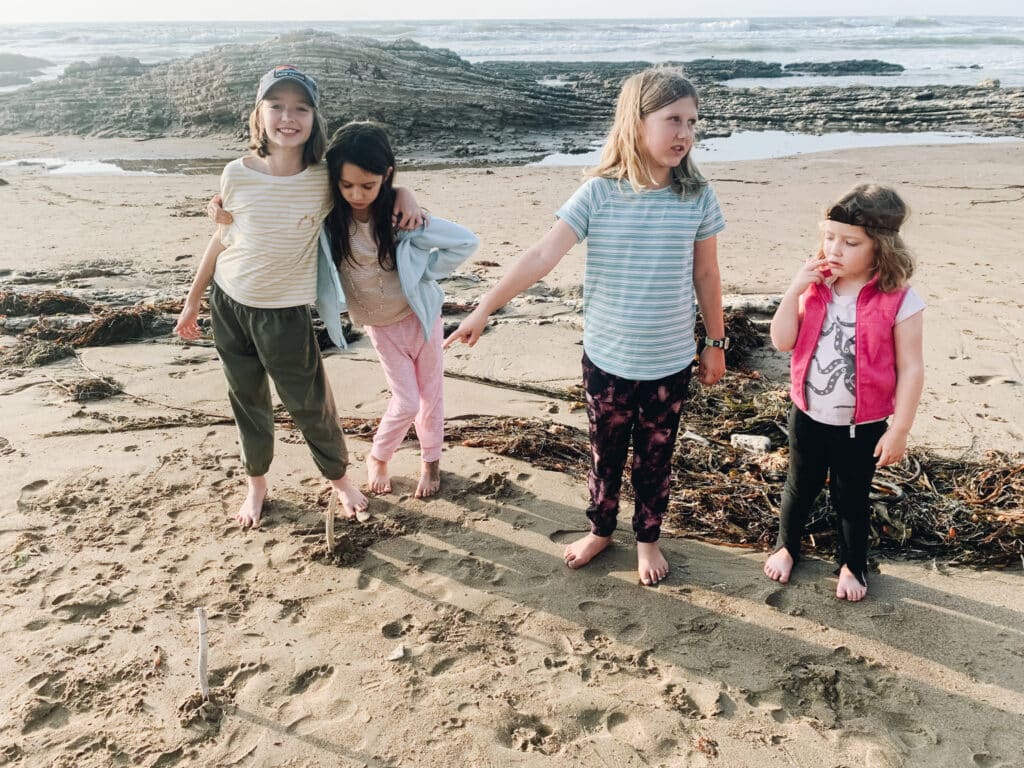
These experiential losses are evident in physical, social, and emotional development at all ages. A toddler will have different experiential needs than a teenager, but the impact from a loss of those experiences is equally impactful regardless of age.
A play-based childhood is one in which kids spend the majority of their free time playing with friends in the real world (as defined previously). Don’t be too quick to dismiss the term “play-based” if you have an adolescent; their play looks different from a young child but is still just as important to their social and emotional development!
“It is in unsupervised, child-led play where children best learn to tolerate bruises, handle their emotions, read other children’s emotions, take turns, resolve conflicts, and play fair. Children are intrinsically motivated to acquire these skills because they want to be included in the playgroup and keep the fun going.”
—Jonathan Haidt, The Anxious Generation
Haidt refers to smartphones and other digital devices as “experience blockers”—this includes any kind of screen (laptops, tablets, gaming consoles, smartphones). These devices bring so many interesting virtual experiences to children and adolescents that they cause a serious problem: they reduce interest in all non-screen-based forms of experience…the kind of experiences their developing brains need most.
“A smartphone opens up worlds of new possible experiences…but this happens at the cost of reducing the kinds of experiences humans evolved for and they must have in abundance to become socially functional adults. It’s as if we gave our infants iPads loaded with movies about walking, but the movies were so engrossing that kids never put in the time or effort to practice walking.”
—Jonathan Haidt, The Anxious Generation
It comes to this: children and adolescents need A LOT of time to play with each other, face-to-face, to foster social development. No amount of time on “social” media or group-based video gaming or any other virtual experience can replace our in-person, relational needs as human beings.
At SLOCA, we already place a high value on community and connection. Let’s take some time as a community (whether in a group of parents and friends or within your own family) to discuss this topic, reflect, and even implement positive uses for technology. We can model the type of tech behaviors we’d like for our children. It certainly can’t hurt us as adults, either! Let’s move forward with hope and optimism…and not give up on real-world connections.
Positive Uses for Tech
This list is focused on ways that tech can bring us TOGETHER. That’s the key! Here are three ideas:
- Video calls/Facetime: a wonderful way to keep in touch with our friends and loved ones.
- Weekly movie night: sharing stories is a timeless tradition that the whole family can look forward to. Also, there’s an end point…no endless scrolling here.
- Video games: together, not alone! Multi-player games in person, in moderation, are a form of play. Active online games, such as Wii sports can be a great way to bond as a family. Play Dance Dance Revolution or Garage Band together! Enjoy some friendly competition and laughter.
Discussion
- What other kinds of screen time/digital media foster (good, true, and beautiful) connection and curiosity?
- While any time spent on screens is time not spent engaging in the real world and with people, there are good and beneficial uses. What limits and boundaries do you place on the amount of screen time allowed for your child(ren) at their grade level? How do you help your child(ren) develop habits of healthy rhythms of tech and non-tech use?
”Managing a child’s screen time is challenging for families. Your child is never too young for a screen-time plan. Consider the following as a guideline:
- Until 18 months of age limit screen use to video chatting along with an adult (for example, with a parent who is out of town).
- Between 18 and 24 months screen time should be limited to watching educational programming with a caregiver.
- For children 2-5, limit non-educational screen time to about 1 hour per weekday and 3 hours on weekend days.
- For ages 6 and older, encourage healthy habits and limit activities that include screens.
- Turn off all screens during family meals and outings.
- Learn about and use parental controls.
- Avoid using screens as pacifiers, babysitters, or to stop tantrums.
- Turn off screens and remove them from bedrooms 30-60 minutes before bedtime.”
—American Academy of Child and Adolescent Psychiatry (AACAP)
- How can we, as a community, support healthy tech choices for our children and one another and find ways to foster more Real-World in-person connection?
- To what degree are your children placing value on in-person connections, or do they favor virtual connections? What are your observations about your child in this regard?
- Are we following up our online relationships with real world experiences (ex. texting with someone you will interact with in person)? If not, how can we?
Recommended Reading + Resources
- Surgeon General Advisory on Loneliness: This is a GREAT resource on understanding the benefits of social connection—see especially the section “Impacts of Technology on Social Connection”.
- The Anxious Generation by Jonathan Haidt
- American Academy of Child and Adolescent Psychiatry (AACAP): Screentime and Children
- Screen Time: How Electronic Media– From Baby Videos to Educational Software– Affects Your Young Child by Lisa Guernsey
- Reclaiming Conversation: The Power of Talk in a Digital Age by Sherry Turkle
- Alone Together: Why We Expect More from Technology and Less from Each Other by Sherry Turkle
- The Blessing a Skinned Knee: Raising Self-Reliant Children by Wendy Mogel Ph.D.
- The Blessing of a B Minus: Raising Resilient Teenagers by Wendy Mogel Ph.D.
- Teaching Digital Well-Being: Evidence-Based Resources To Help Youth Thrive by Center for Digital Thriving





